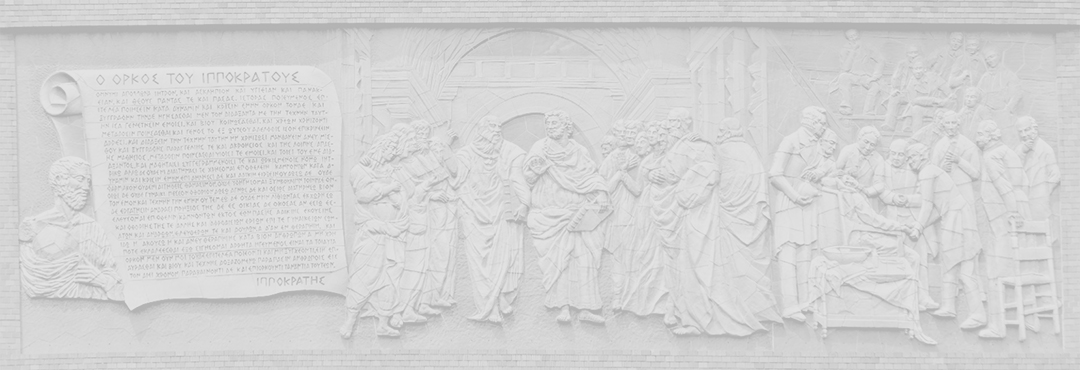Tokyo Medical and Dental University merged with Tokyo Institute of Technology to form Institute of Science Tokyo (Science Tokyo) on October 1, 2024. Over time, content on this site will be migrated to the Science Tokyo Web. Any information published on this site will be valid in relation to Science Tokyo.

